What To Look Out For - February 2016
It’s hard to imagine snow and ice during a mild winter, despite a recent cold spell this winter is breaking all records for higher temperatures. A reporter from Kent recorded 18° on the 24th January 2016! When temperatures stay high it’s bad for some birds but good for others as more resident birds are able to survive the winter. Kingfishers and Barn Owls are particularly susceptible to very cold weather. If you want to see Kingfishers in North Yorkshire try the rock pools at Scalby Mills, Scarborough near the Sealife Centre.
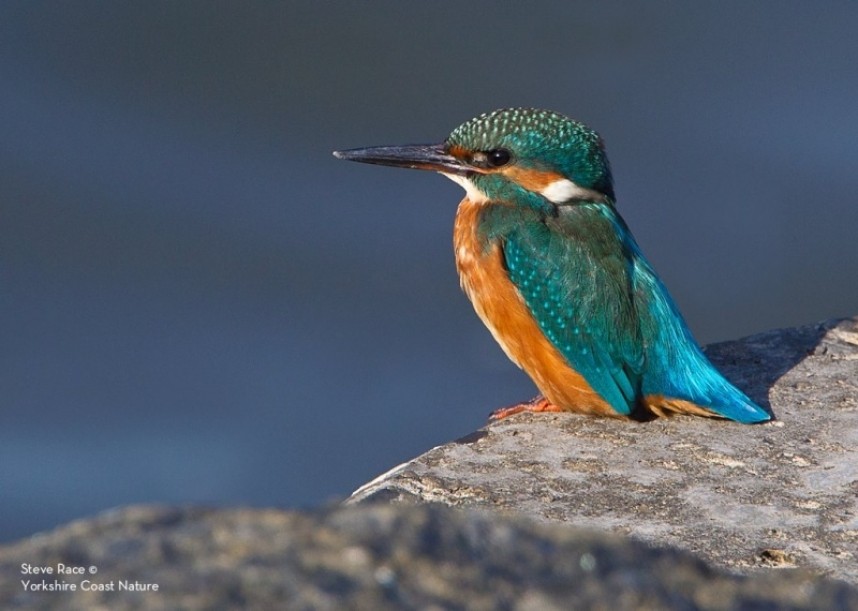
Kingfisher © Steve Race
February is the first month of the breeding year for Barn Owls. Look out for their pellets which are typically 30-70 mm long, round or cylindrical, blunt at both ends and densely compressed. They are smooth and glossy black when fresh fading to a dark grey, often covered in a thick black crust, and can be found at roost sites such as old buildings, nest boxes, bird hides, and holes between hay bales or trees which offer sufficient shelter. In order to avoid unnecessary disturbance it is however best to avoid approaching roost sites unless you know the bird is not present, and even then to stay the shortest time possible. Remember that it is illegal to disturb nesting Barn Owls.

Barn Owl Pellets © Richard Baines
When a Barn owl drops onto prey often it’s a Field Vole but many other small prey items are taken such as Common Shrews. A Shrews size shrinks in winter including the brain and the skull! This is a great survival strategy requiring less food to live through the toughest time of year. Another fantastic adaptation is a gland secreting a foul smell from the skin which deters predators such as cats or Owls. Their secretive behaviour means it’s often difficult to see them even more amazing when you consider they are Britain’s second most common mammal!
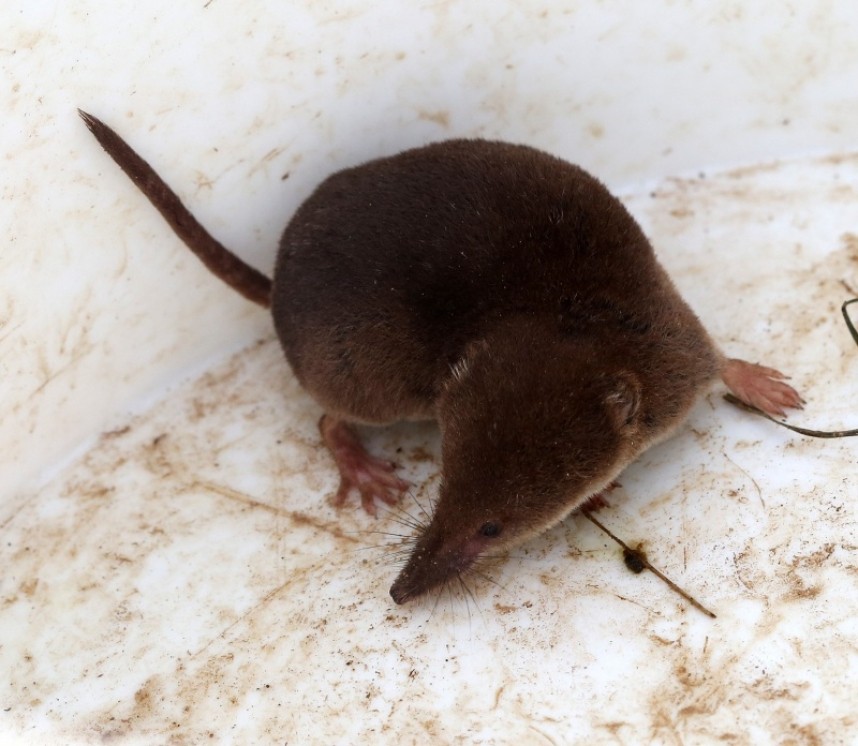
Common Shrew © Dan Lombard
It’s difficult to imagine a time when you were as likely to see a Goldfinch caged in a parlour as flying freely round the countryside. Such was the case however in the late 1800’s, when the European fashion for keeping songbirds was at its height. But owning a living musical box was not enough: the birds were taught to be circus performers too, amusing their jailers by hauling up their own drinking water by a thread attached to a tiny bucket. Such indulgences had a serious impact on numbers of Goldfinches in the countryside, just as some species of parrot are endangered by the cage bird trade today.
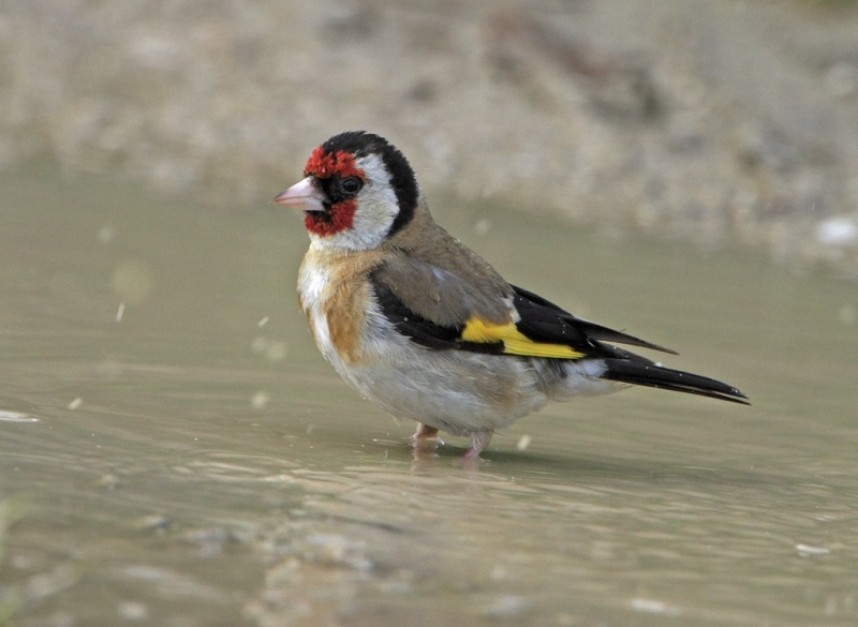
Goldfinch © Steve Race
Happily Goldfinches no longer have to suffer these restraints and flocks feeding on weed seeds, which their sharply-pointed bills are adapted to pick out, are a common sight. The Goldfinch is so frequently seen on thistles that the Anglo-Saxons knew it as the Thisteltuige, ‘thistle-tweaker’. A flock of Goldfinches, calling in unison with silvery voices, is still known as a ‘charm’ from the old word for a chanted spell.
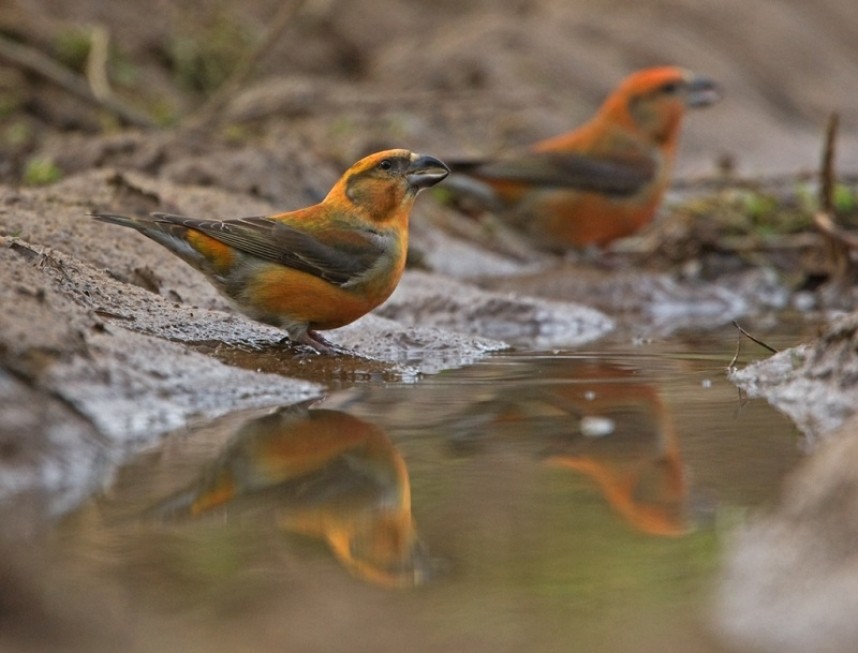
Male Crossbills © Steve Race
Goldfinches can be seen in our gardens but for the next finch to look out for in February we have to go deep into the forests! The Common Crossbill belongs to a unique family of song birds with specially designed bills for extracting pine seeds. But the story of this amazing bird doesn’t stop at its bill. They are highly adaptive to a changing environment. They have the ability to breed at any time of year when food availability, weather, competition or predation, favours reproduction. Good places to look out for Crossbills are the North Yorkshire Forests in the North York Moors National Park, mixed woodlands with lots of Pine and/or Spruce such as Skipwith or Allerthorpe Common near York.
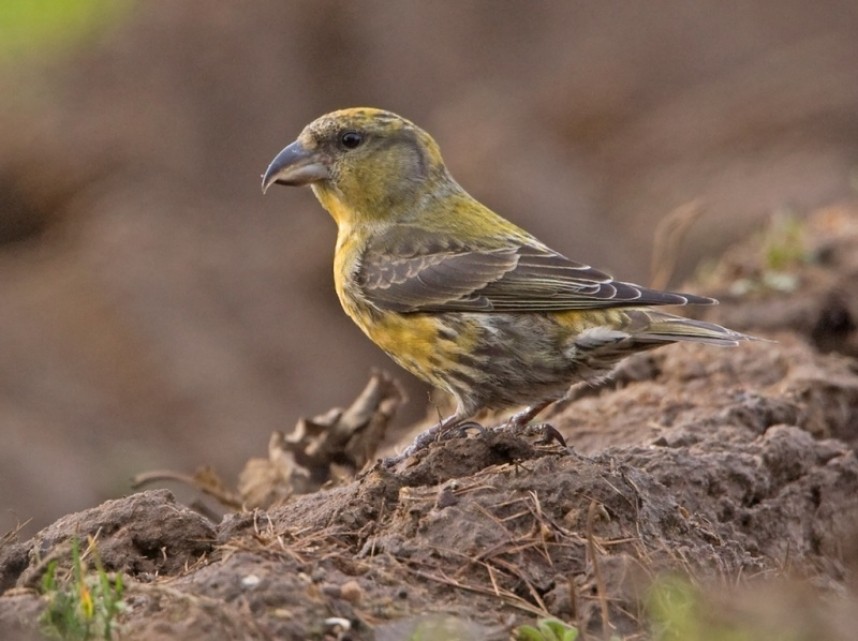
Juvenile Crossbill © Steve Race



 Back to Blog
Back to Blog
